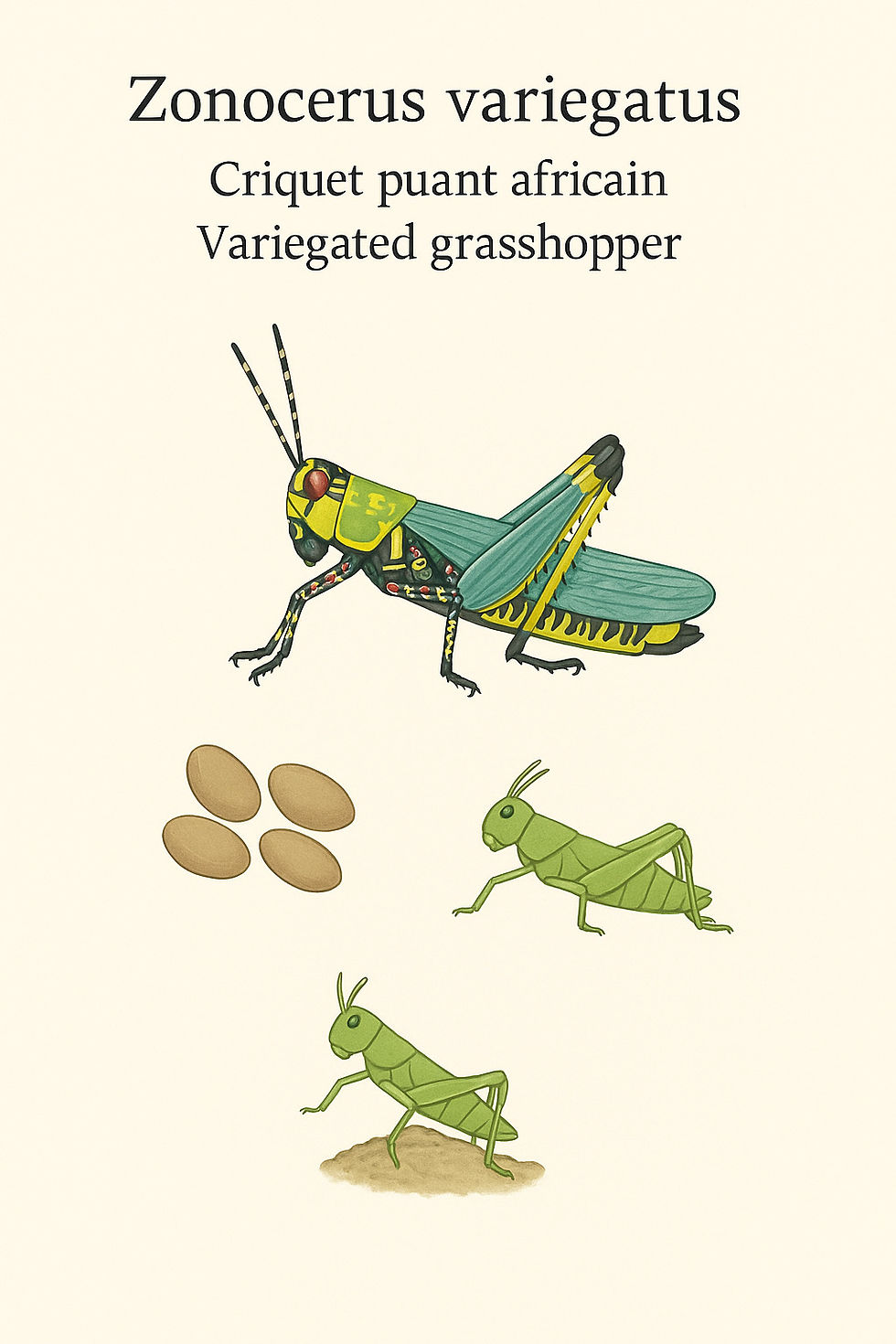The Zinsou Foundation’s newest undertaking — recent in vision yet ancient in spirit — is the Jardin d’Essai. Set across six hectares, the site gathers a singular constellation of plant life, cultural heritage, and artistic creation. It is, in effect, a living archive, where each species carries a fragment of history waiting to be understood.
The garden shelters an astonishing botanical diversity: rare and endangered species, medicinal plants, dye-producing flora, and the everyday plants embedded in Beninese life. Over centuries, successive introductions of foreign species have shaped local ways of living — influencing how communities cook, heal, build, and even how animals behave.
The Jardin d’Essai is also one of the last visible traces of the Dahomey Gap, a climatic episode preserved here in four hectares of savanna vegetation dating back roughly 4,000 years. How does a savanna survive in a humid, subtropical climate? Historians and scientists point to an episode in which ocean temperatures rose by about two degrees, triggering severe drought across West Africa. Savanna replaced primary tropical forest from present-day Guinea-Conakry to Congo. When humidity returned, the forest regenerated everywhere except along the stretch between Lagos and Accra, where savanna species adapted — the anomaly later named the Dahomey Gap.
Some plants recall human history in a more unsettling way. Citrus trees, for example, were introduced in the 17th century by sailors seeking to prolong the transatlantic slave trade. Scurvy claimed countless lives aboard slave ships; vitamin C was the only known remedy. The need was so pressing that citrus plantations spread across the “Gold Coast,” ensuring ships could replenish their stores of lemons and oranges in every port where enslaved people were taken aboard.
Archaeological traces also surface in the garden. Pottery shards and fragments — discreet but telling — have been uncovered, offering a window into lives and cultures long erased. Excavations are planned to deepen this fragile historical record.
The site has become a laboratory as well. Experimental bamboo vaults designed for natural cooling offer a testbed for research in architecture, thermodynamics, and ecology, while providing shaded areas for visitors.
And it is, increasingly, a space for artists. Juliette Agnel, Ishola Akpo, Joël Andrianomearisoa, Jeremy Demester, Pauline Guerrier, and Aïcha Snoussi are among those who have created works shaped by the garden’s landscape and memory. Some of these pieces, now permanently installed, mingle with sculptures by the late Cyprien Tokoudagba, whose evocations of vodoun spirits and the kings of Danxomé guide visitors along the paths.













